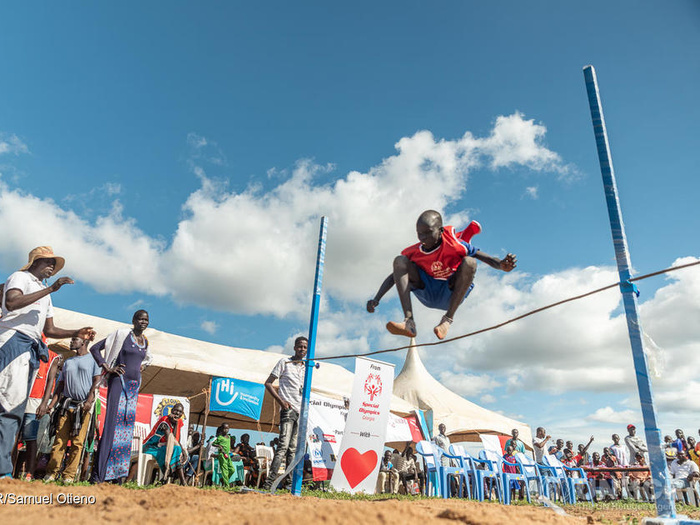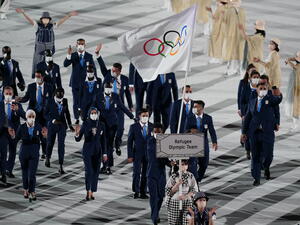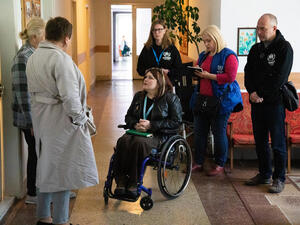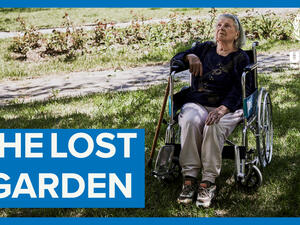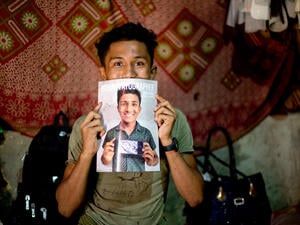Persons with disabilities
Persons with disabilities
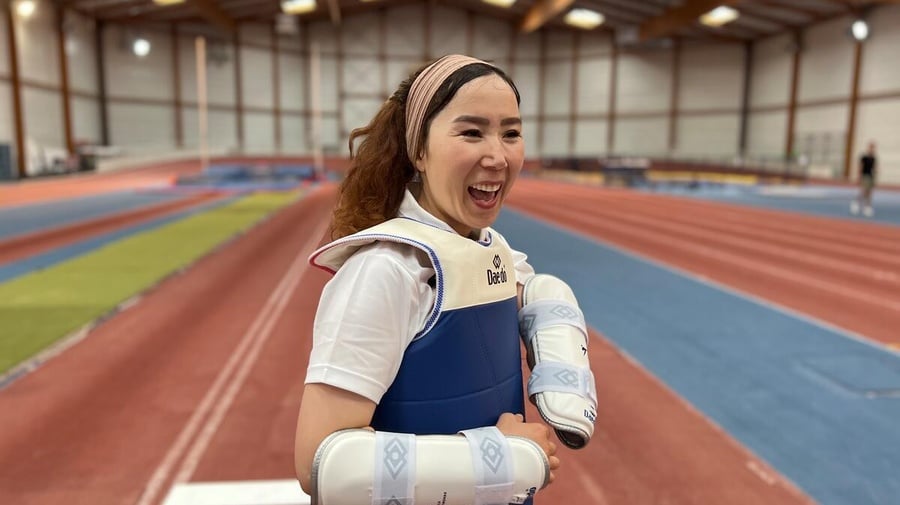
The World Health Organization estimates that around 15 per cent of the world’s population has a disability. Several million are thought to be displaced but often remain invisible within uprooted communities.
Persons with disabilities are not a homogenous group – they have different capacities and needs, and contribute in different ways to their communities. In times of crisis, they may be at heightened risk of discrimination, exploitation and violence, and face numerous barriers to accessing humanitarian assistance.
At UNHCR, we work to ensure people with disabilities have access to vital services and have the opportunity to apply their skills and capacities to benefit themselves, their families and communities.
We work around the clock to identify the issues they face and develop long-term solutions.
Text and media 14
Facilitator's Guide: Strengthening the protection of persons with disabilities in forced displacement
This Facilitator’s Guide on working with persons with disabilities in forced displacement is designed to support UNHCR staff, partners and other stakeholders at the field level to improve the protection of forcibly displaced and stateless persons with disabilities. It includes session objectives, learning points, activity descriptions and tools.
Resources
UNHCR policy and guidance
- Policy on Age, Gender and Diversity (2018)
- Conclusion on refugees with disabilities and other persons with disabilities protected by the UNHCR (2010)
- Working with Persons with Disabilities in Forced Displacement (2019)
- UNHCR Emergency handbook – Persons with disabilities (updated 2024)
- Strengthening protection of persons with disabilities in forced displacement – training package (published 2022)
- Facilitating access to assistive technology and rehabilitation (2024)
People with disabilities – reports and documents
Reports and Resources I
- Tip sheet on applying the UNHCR age, gender and diversity policy to persons with disabilities
- UN Disability Inclusion Strategy
- IASC Guidelines on inclusion of persons with disabilities in humanitarian action
- Guidance on strengthening disability inclusion in Humanitarian Response Plans
- Humanitarian Inclusion Standards for older people and people with disabilities
- Policy Brief: A Disability-Inclusive Response to COVID-19
- UNHCR Specific Needs Codes – Disability Guidance | Disability Interview Guide

